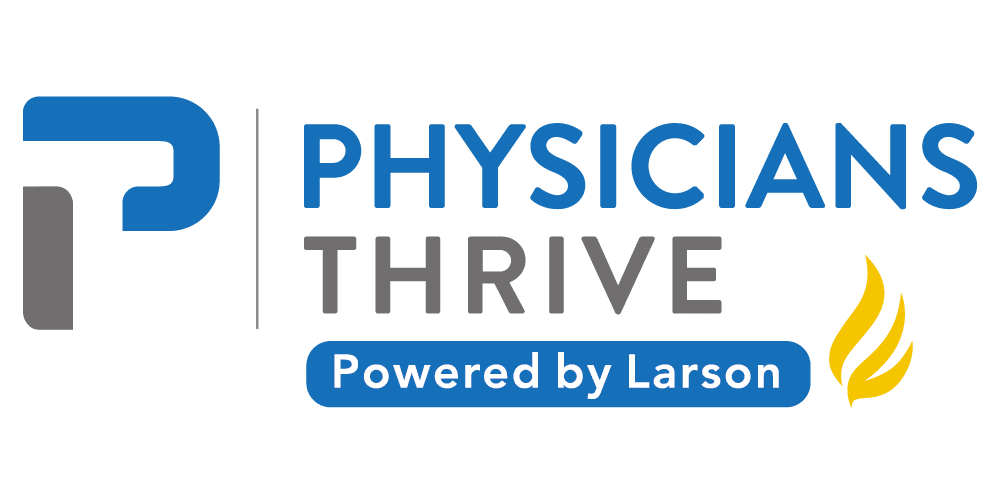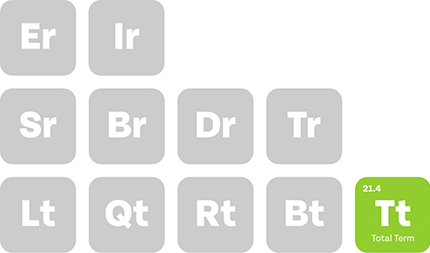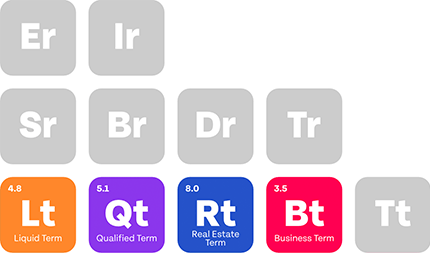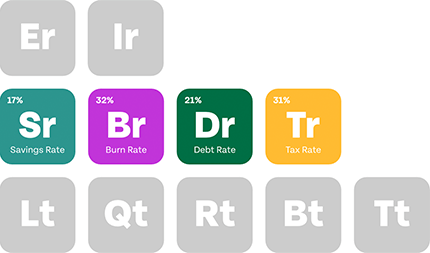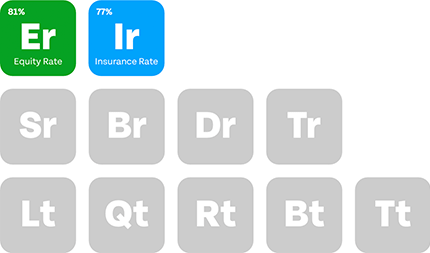Buying a home is complex. It’s even more challenging if, for example, you’re a physician who’s still trying to pay off student debt.
Thankfully, various programs are available to help first-time buyers acquire their new homes. One of these is the first-time homebuyer tax credit.
In this post, you’ll learn what exactly this is, how to qualify, and what other resources are available for you as a first-time home buyer.
Key Takeaways
- The first-time homebuyer tax credit helped offset down payments but ended in 2010.
- Current resources include MCCs, IRA penalty exemptions, and various loan programs.
- Loan options like FHA, USDA, VA, and physician loans cater to diverse financial needs.
- Programs like Fannie Mae and Freddie Mac assist low-income earners with low down payments.
Table of Contents
What is the First-Time Homebuyer Tax Credit?
The federal first-time homebuyer tax credit was instituted in 2008 to help American citizens purchase their first homes.
With the tax credit, first-time homebuyers received financial assistance to help offset the cost of making a down payment.
This means that you could apply for a refundable tax credit to fund the down payment for your new home.
The first-time home buyer tax credit was created during the 2008 recession as part of the Housing and Economic Recovery Act (HERA).
Initially, first-time homebuyers could get tax credits of 10% of the home’s price for up to $7,500.
These credits were refundable through a series of equal payments that spanned 15 years.
Later on, the American Recovery and Reinvestment Act amended the tax credit to release a maximum of $80,000 without the repayment requirement.
First-Time Home Buyer Credit Eligibility
You must be a first-time homebuyer to be eligible for this federal tax credit.
According to the U.S. Department of Housing and Urban Development, a first-time home buyer is someone who has never bought a home or someone who hasn’t owned a home in the past three years.
Note that you’re not eligible for the first-time homebuyer credit if you’ve owned a house with a former spouse in the space of 3 years before applying.
However, there’s an exception when you’re a single parent.
Also, the house you want to purchase must be a principal residence.
You cannot apply for this tax credit to purchase a house you wish to lease or use as a secondary residence.
Lastly, to qualify for this tax credit, you must meet the income requirements for your area.
Unfortunately, the first homebuyer tax credit initiative ended in May 2010, and while there have been moves to enact another, there’s no solid bill yet.
Other Resources Available to First-Time Homebuyers
Even though the federal first-time homebuyer tax no longer exists, several other programs help first-time homebuyers with their mortgages.
They include tax benefits, down payment assistance programs, and loan programs.
Mortgage Credit Certificate
A mortgage credit certificate is a tax credit issued by state housing and finance agencies to low- and moderate-income earners looking to buy a home for the first time.
Qualified individuals can deduct 10 to 50% of their annual mortgage interest on their primary residence each tax year for up to $2,000.
Like the first-time homebuyer tax credit, the MCC is not a tax deduction.
Instead, it’s a dollar-for-dollar tax credit that first-time buyers can take advantage of.
Also, note that you can still claim a mortgage interest deduction for the remaining percentage of mortgage interest you paid.
Once your MCC is approved, you’ll be given a credit certificate applied to the federal taxes owed on your tax return.
For more details on requirements and terms, contact your state housing finance agency.
They can confirm if you’re eligible and provide you with the terms and conditions for your state’s MCC initiative.
IRA Early Withdrawal Penalty Exemptions
The Internal Revenue Service (IRS) allows first-time home buyers to make an early withdrawal of up to $10,000 from their IRAs to build or buy a home.
In cases like this, the IRA will waive the 10% penalty fee, but you still have to pay your regular income tax on the withdrawal.
First-Time Homebuyer Loan Programs
There are many first-time buyer loan programs you can take advantage of.
These programs are positioned so that low- to moderate-earners, or people with poor credit, still get a shot at owning a home.
If, for some reason, you can’t qualify for an MCC or an early IRA withdrawal isn’t in the books for you, then you should consider one of the options below.
1. Federal Housing Administration (FHA) Loans
The FHA collaborates with lenders nationwide to help citizens whose credit scores or financial state would otherwise disqualify them from receiving a loan.
Mortgages backed by the FHA can accept a down payment as low as 3.5% for someone with a credit score of 580.
2. United States Department of Agriculture (USDA) Loans
USDA loans are available to physicians looking to buy or build a home in approved rural areas.
Depending on your credit score, you can qualify for a 0% down payment loan.
To qualify for this loan, you must meet specific income requirements and be purchasing a property in selected areas of the country.
3. Department of Veterinary Affairs (VA) Loans
The Department of Veterinary Affairs offers VA loans to qualified applicants with favorable mortgage rates and zero down payments.
To be eligible for this loan, you’ll need an eligibility certificate from the Department of Veteran Affairs.
4. Physicians Loan
Physicians loans are specially designed for doctors and healthcare professionals.
They take into consideration the length of medical school and the quantity of student loans.
As a result, these loans are more flexible than conventional loans.
They allow physicians and healthcare professionals to put a zero down payment on a home purchase without paying private mortgage insurance.
5. Freddie Mac and Fannie Mae
Freddie Mac and Fannie Mae work with lenders nationwide to help low-income earners with low credit scores secure mortgage loans.
Freddie Mac, for example, has policies that help meet affordable housing requirements set by the Federal Housing Finance Agency (FHFA).
Fannie Mac also offers low interest rates, with down payments as low as 3%, through several lenders.
Their HomeReady program offers a fitting solution to low-income earners who are creditworthy.
Closing Thoughts
First-time homebuyer tax credits allowed low- to moderate-income earners to purchase a new home by reducing the amount of income tax they owe.
Although this program expired in 2010, there are other resources first-time home buyers can apply for.
Many homeowners can also enjoy tax deductions on property taxes.
Navigating these options can be confusing, especially without the right guidance.
Here at Physicians Thrive, we are committed to equipping you with the information and counsel you need to make the best financial decisions.
Contact us today for more information on your mortgage options.

